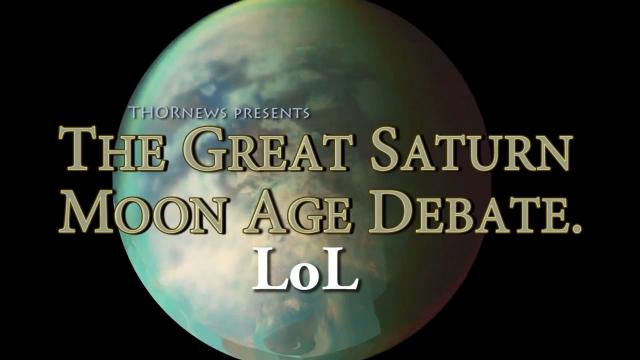
Unfortunately, the resolution of Pioneer 11’s images were too low to discern any surface features on Saturn’s moons. In 1979, NASA’s Pioneer 11 spacecraft completed the first ever flyby of Saturn, offering scientists their first up-close view of Saturn and its rings. For the next two centuries, astronomers discovered several more moons around Saturn, yet pretty much everything about Saturn would remain a mystery until the 20th century. In 1675, the astronomer Giovanni Cassini discovered a large gap in Saturn’s rings, which would later be called the Cassini Division. In addition to Saturn’s rings, Huygens also discovered Saturn’s largest moon, Titan.

The first astronomer to correctly identify Saturn’s rings was Christiaan Huygens in 1655. Rather, Galileo believed he had found two elongated moons on either side of Saturn. Galileo did observe Saturn’s rings, but his telescope was too small to discern them as rings. The telescope that Galileo used was relatively small, and so he was unable to identify any physical features of the planet. In 1610, Galileo Galilei observed Saturn through his telescope. Without telescopes, ancient cultures were unable to learn anything about Saturn, and it wasn’t until the 1600s that astronomers finally began to see Saturn for the stunning world that it is. The Greeks and Romans associated the planet Saturn with agriculture, and the name Saturn comes from the Roman god of agriculture. The earliest recorded observations of Saturn come from Babylonian astronomers over 3,000 years ago. Saturn is the furthest planet from the sun that is visible to the naked eye, and thus its existence has been known since ancient times. Observational History Of Saturn A Photo from the Launch of Voyager 1 in 1977, NASA As the planet grew to immense sizes, it’s possible that the rocky core of Saturn was slowly eroded away. Although Saturn likely began its life as a rocky world, it eventually accumulated enough mass to capture the lighter elements hydrogen and helium. Like Jupiter, the core of Saturn is its biggest mystery. Beneath this layer of metallic hydrogen is the core of Saturn. The moving electric charge generates a magnetic field around Saturn similar to the one around Jupiter. Like a metal, this metallic hydrogen can conduct electricity. Under the extreme pressures and temperatures within Saturn, hydrogen atoms turn into a metallic fluid. Far below the cloud tops of Saturn is a layer of hydrogen that undergoes an interesting process. It’s this layer of ammonia that gives Saturn its watered down appearance. Jupiter also has these layers in its atmosphere, they’re just thicker and stretch deeper into Saturn than they do on Jupiter.

These extreme speeds stretch out gas in the atmosphere, creating the large atmospheric bands on Jupiter and Saturn.Īlthough Jupiter and Saturn are made of virtually the same material, the frigid temperatures at Saturn create a thick layer of ammonia ice crystals that sit on top of a layer of frozen water and ammonia. Both Jupiter and Saturn have fast rotational periods, with Saturn completing one rotation every 10 hours. Saturn on the other hand appears far more uniform, almost having a watered down appearance relative to Jupiter. Jupiter’s atmosphere is divided into large distinctive bands that can be seen with even a small telescope. It may come as a surprise that two planets with so many similarities look so different from each other. Like Jupiter, Saturn is mostly composed of hydrogen and helium. The temperature differences between Saturn’s upper and inner layers creates convection currents that drive the planet’s weather, creating storms that can grow larger than the Earth itself. This number is a prediction because we have yet to venture into Saturn’s deep interior.

Near the core of Saturn, astronomers predict that temperatures could become as high as 21,092 degrees Fahrenheit (11,700 degrees Celsius). Below the upper cloud layer is a layer of water ice that has a temperature range of minus 112 degrees Fahrenheit to 27 degrees Fahrenheit (minus 80 degrees Celsius to minus 3 degrees Celsius). However, as you descend further into Saturn, temperatures begin to increase dramatically. Given its distance from the sun, it is no surprise that Saturn’s upper atmosphere is exceedingly cold.


 0 kommentar(er)
0 kommentar(er)
